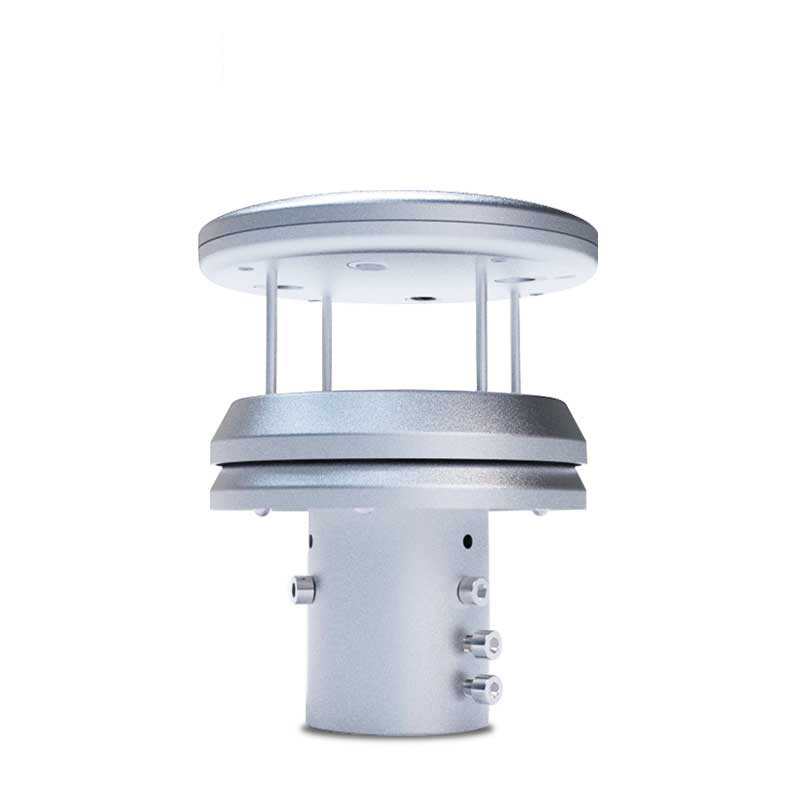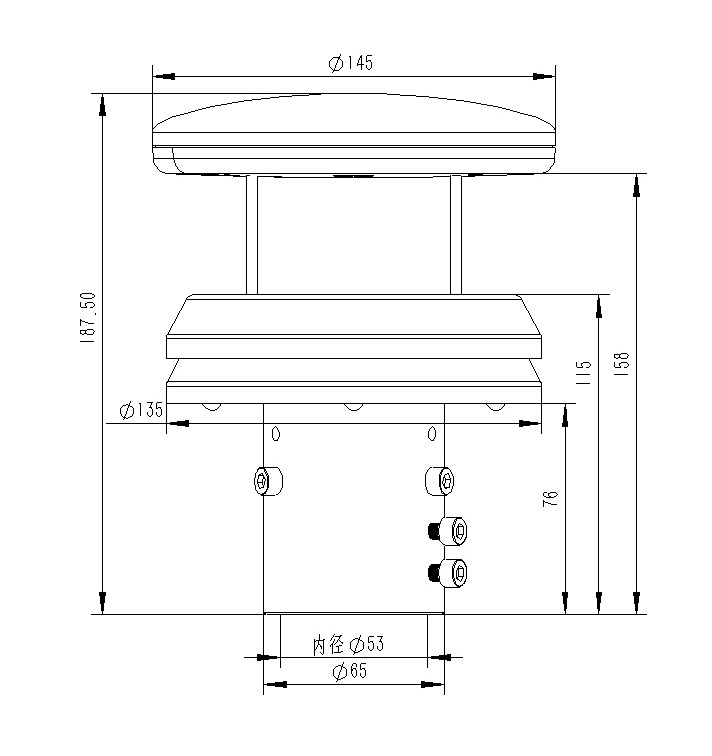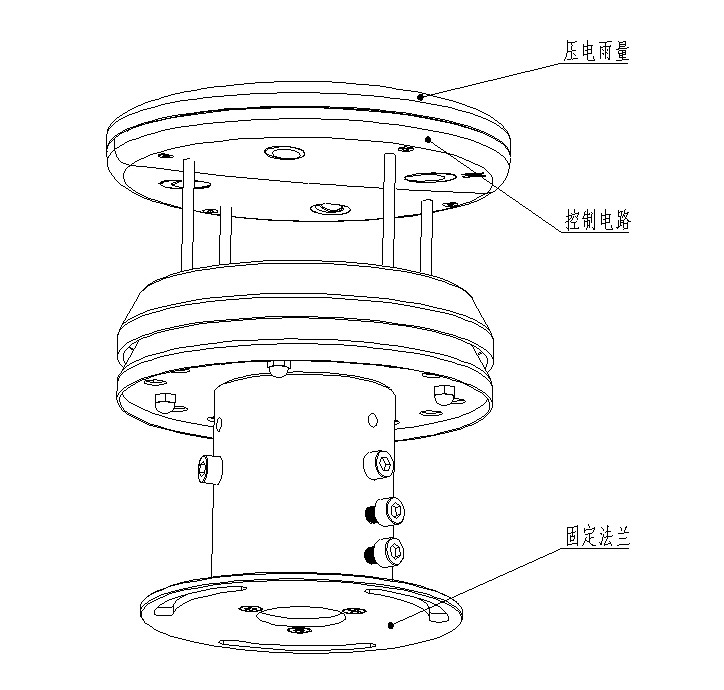Shandong Fengtu IOT Technology Co., Ltd
Sales Manager:Ms. Emily Wang
Cel,Whatsapp,Wechat:+86 15898932201
Email:info@fengtutec.com
Add:No. 155 Optoelectronic Industry Accelerator, Gaoxin District, Weifang, Shandong, China

Sales Manager:Ms. Emily Wang
Cel,Whatsapp,Wechat:+86 15898932201
Email:info@fengtutec.com
Add:No. 155 Optoelectronic Industry Accelerator, Gaoxin District, Weifang, Shandong, China

Model:FT-Y1S
Brand:fengtu
1.Piezoelectric rain gauge product overview
Piezoelectric rain gauge accurately measures real-time rainfall and is maintenance-free and easy to operate to measure urban/field extreme rainstorm levels.This piezoelectric rain sensor uses PVDF piezoelectric film as a rain sensing device and distinguishes raindrop signals through an embedded AI neural network to avoid false triggering due to interference such as sand, dust, and vibration.
It is widely used in meteorological environment monitoring, hydrological and water conservancy comprehensive monitoring stations, traffic road monitoring, agriculture, forestry, wind power generation and other relevant departments to remotely measure precipitation, precipitation intensity, precipitation start and end time. It is used in hydrological automatic measurement and reporting systems and automatic field measurement and reporting stations for the purpose of flood control, water supply scheduling, and water situation management of power stations and reservoirs.
2. Piezoelectric rain gauge features
1. Integrated design, exquisite appearance
2. No mechanical parts, no exposed parts, can filter similar signals introduced by environmental factors such as leaves, dust, insects, etc.
3. High measurement accuracy, wide range, good stability, low power consumption, and strong resistance to external interference
4. Can work around the clock, not affected by weather changes, accurate to the second rainfall duration monitoring
5. Maintenance-free, the raindrop contact surface is an arc-shaped design structure, and rainwater is not stored
6. After installation, it has automatic level calibration function, no need for on-site calibration
7. Small size, easy to carry, disassemble and install
8. Made of stainless steel, high strength, anti-oxidation and anti-corrosion
3. Piezoelectric rain gauge technical parameters
| Measuring range | 0-4mm/min |
| measurement accuracy | ≤±4% |
| Resolution | 0.01mm |
| Sampling frequency | <1S |
| Communication Interface | RS485 |
| Protocol | MODBUS |
| power supply | DC12V |
| Power consumption | 0.12W |
| Operating temperature | -40~85℃ |
| Working humidity | 0~100%RH |
| Heating module (optional) | Current: 1A (DC12V) |
| Power consumption: 12-15W |
4. Piezoelectric rain gauge product size diagram

5. Piezoelectric rain gauge product structure diagram

6. Piezoelectric rain gauge precautions
1. The sensor should be within a radius of 1 meter horizontally without any obstruction to avoid the impact of water droplets splashing
2. The sensor should be installed away from strong mechanical vibration sources
3. The area above the sensor should be open, and raindrops should fall directly onto the sensor, avoiding secondary dripping and continuous water flow impact.
Automated agricultural weather stations are playing an increasingly important role in agricultural weather disaster prevention and mitigation. Because the appropriate climatic conditions required for different crops to grow in different environmental conditions vary significantly, an automatic weath...
The rainfall monitoring station is small in size, easy to install and maintain, and inexpensive. It is very suitable for mountain flood early warning, hydrological forecasting and other work. It realizes real-time collection, remote transmission and online monitoring of rainfall data through hardwar...
The Remote Rain Level Monitoring system is specifically designed for accurately measuring rainfall, utilizing tipping bucket or piezoelectric sensors for all-weather monitoring....
what measures the wind direction? A tool used to measure wind speed and direction. It is a very common weather station instrument....